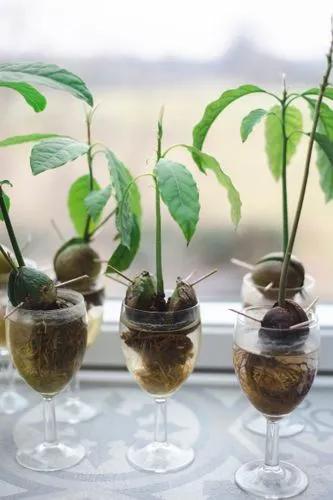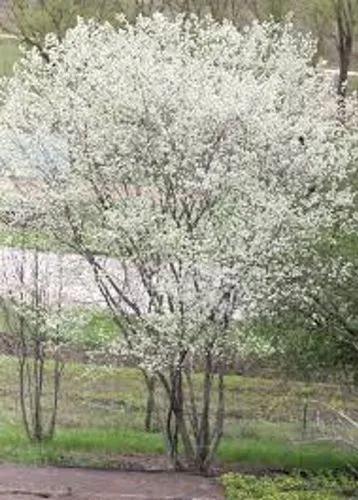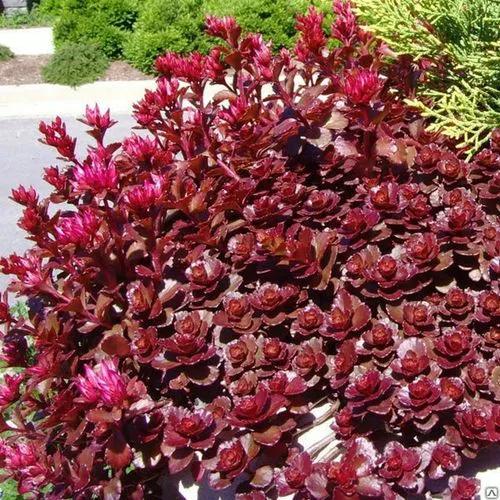Juniperus virginiana is a dense slow-growing coniferous evergreen tree that may never become more than a bush on poor soil, but is ordinarily from 5–20 m or 16–66 ft tall, with a short trunk 30–100 cm or 12–39 inches in diameter.
Eastern Red Ceader Care
Juniperus Virginiana



Eastern juniper is a pioneer species, which means that it is one of the first trees to repopulate cleared, eroded, or otherwise damaged land.
How to Care for the Plant

Water

Watering lightly multiple times a week is important to the survival and health of your tree, as it encourages the tree to grow deeper roots and become a more drought-resistant tree once established.

Pruning

Trim low-hanging branches up to a point where the branch is growing upward for a natural shape.

Fertilizer

Fertilize with formulations that promote woody, strong growth rather than excessive foliar growth. Tends to be drought, salt, and pollution tolerant. Watering is generally not necessary except in severe drought conditions.

Soil

The eastern redcedar grows in acidic, alkaline, loamy, moist, rich, sandy, silty loam, well-drained and clay soils. The tree can withstand occasional flooding yet has good drought tolerance.

Temperature

Eastern red cedar has an inherent ability to sustain stomatal opening at low moisture levels, which help the species adapt to dry environments and drought conditions. Red cedar is an evergreen which allows it to grow year round, whenever temperatures are above 40° F.

Additional

Eastern Red Cedar is considered a non-toxic species of Juniper, though it does contain some level of toxins. Partaking of extremely large amounts of the plant or consuming its essential oil could lead to acute poisoning, although rare, which might include abortion, vomiting convulsions or death.
An eastern red cedar can grow to 12 to 15 metres (about 40 to 50 feet) tall and 30 to 60 cm (about 1 to 2 feet) in diameter. It has needlelike juvenile foliage and dark green, scalelike mature leaves. The green, fleshy, rounded cones are about 0.7 cm (about 0.25 inch) in diameter.

Popularity

7,924 people already have this plant 838 people have added this plant to their wishlists
Discover more plants with the list below
Popular articles






